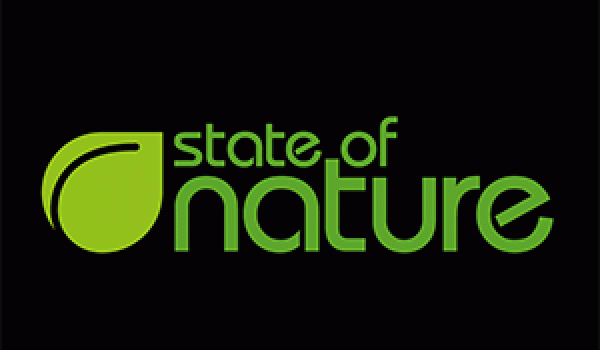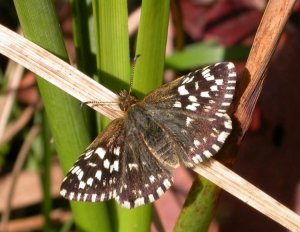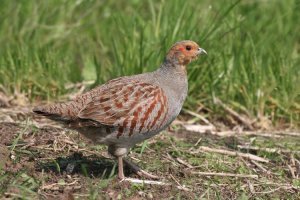State of Nature report
State of Nature report
22 May 2013
The report summarises information on trends in more than 3100 species within the major taxonomic groups assessed (including plants, birds, mammals, dragonflies, moths, butterflies, beetles, bees, ants and wasps). Although this represents only the best known 5% of all 59,000 known species in the UK, and must be viewed in that context, it still has wide taxonomic coverage and covers groups which by their visibility, sounds and smells contribute most to our enjoyment of the nature in the UK.
Watch a video of BTO Director Andy Clements on the State of Nature report.
The report presents a new Watchlist Indicator, a cross-taxa priority species indicator that tracks changes in the abundance of 155 high priority species for conservation for which trend data are available. Currently based solely on birds, butterflies and moths, this demonstrates that, overall, conservation efforts to reverse the declines in these species have not yet succeeded, and highlights the need to refine the Watchlist Indicator and produce comparable measures from a broader range of species. The headline figure is that 60% of assessed species have declined over the past few decades, in contrast to 40% that have increased, giving a somewhat mixed picture but one of marked changes in biodiversity. It is of particular concern that half of the declining species have declined severely - by at least 50%, a pattern consistent across landscapes indicating that there are winners and losers in all habitats. There is evidence that within taxa, specialists (e.g. butterflies with specific food-plant requirements) are experiencing bigger problems than generalists (e.g. widespread and opportunistic bird species such as Carrion Crow and Great Tit) but factors such as adaptability to climate change are likely to be increasingly important.
The BTO is proud to be part of this State of Nature report. It presents data and evidence from non-government organisations, much of it collected by skilled volunteer naturalists in their own time, and this effort is celebrated in the ‘Unsung Heroes’ part of the report. Statutory nature conservation agencies have contributed to the funding of key monitoring schemes such as the Breeding Bird Survey and the UK Butterfly Monitoring Scheme, helping to ensure the highest quality data. In future years of the UK’s State of Nature report, BTO looks forward to continuing to work closely with other taxa organisations to improve data quality, and enhance data capture, through engaging with a wider constituency of volunteers.
This report is an excellent use of the population trends produced with the high quality bird data collected in the BTO’s major partnership schemes. Together with measures from periodic censuses, seabird monitoring and bespoke surveys of rare birds, these data provide measures for 198 bird species as well as half a dozen mammals. Monitoring of the huge number of invertebrate species in the UK, many difficult to detect and identify, presents extra challenges and across the partnership novel analytical methods are being developed to handle a wider range of information.
The report is divided into sections each covering a major UK habitat type and presenting the trends for its associated species. On farmland for example, 60% of 1064 species had declined including most moths, carabid beetles and birds such as Corn Bunting and Grey Partridge. On the salt marshes, beaches, mudflats, dune systems and machair making up the UK’s coasts, more than 60% of the assessed plants and invertebrates have declined, whereas coastal bird species such as Avocet and Stonechat have shown increases. As well as other terrestrial and freshwater habitats such as lowland heaths, uplands, urban areas, wetlands and woodlands, there is also a chapter on the marine environment. We lack good data for most of the 8,500 UK marine species but examples of changes in abundance of seabirds, seals, commercial fish stocks, skates and rays, sharks and plankton are provided.
Although the report presents findings across entire habitats, trends in species can vary markedly between individual sites. In this first State of Nature report, examples are provided of good practice where conservation efforts have resulted in species recovery and growth. There may be scope in the future to demonstrate more explicitly the marked changes in nature occurring at individual sites, and the impact of key conservation measures to tackle declines.








Share this page